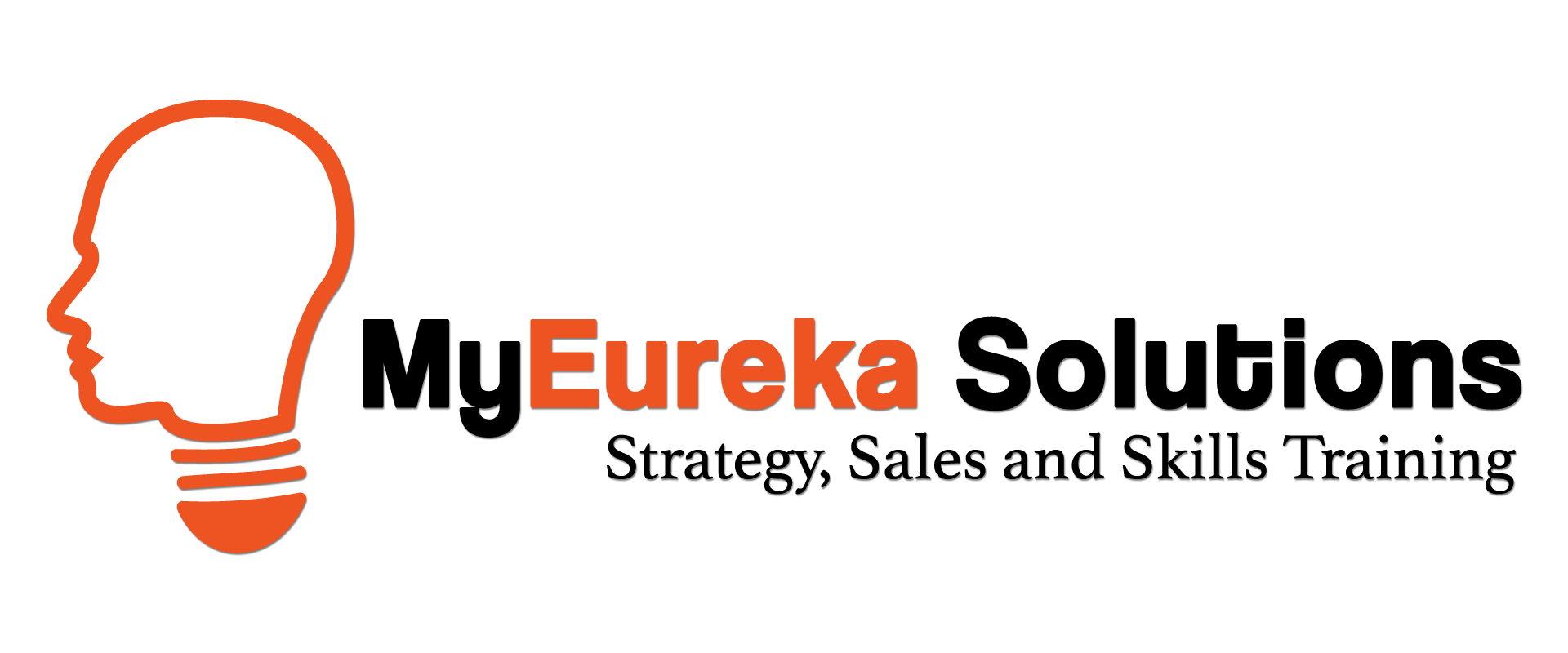Tweak or Overhaul? 3 Questions To Guide You

We used to joke about re-organizations or new major projects. Comments were inevitable that if you didn’t like it not to worry because it will all change back again soon enough. So change is tough, it’s inevitable and it’s what we do out of instinct to fix problems or proffer growth. But, what kind of change do you need? Is it systemic? Is it small things affecting big results? Because organizations are organic they will change as they grow. Leading change is a key marker in the skill and influence of the leaders who decide, repair or reconstruct. These three questions can help you decide how to craft your change strategy:
QUESTION 1: To what degree is emotion influencing your perspective?
The more frustrating a recurring situation the more likely to have emotion build. It is important to separate the emotion of the unwanted results because emotion often exaggerates the sense of remedy required. Does it piss you because it needn’t happen or does real damage occur? There is also a sense of panacea when we think about leveling and rebuilding, tearing down, big changes for big solutions, etc. and emotions can minimize both the value of a small fix and the impact of a big fix effort. Emotion may be providing the correct sense of urgency but it can cloud genuine severity. Look at the cost/gain and the impact of change in the immediate, transition phase and longer timeline.
Your frustration may have you looking for a bigger stick of dynamite but starting over from a bigger hole can be burning down your garage to get rid of a few pests. On the other hand, don’t wait for the garage to collapse before you fix…just put the emotion in the proper decision perspective.
QUESTION 2: Do I have a people problem or a process problem?
Leaders can be inclined to be jumpy given a people or process prejudice. Some bosses make hard, quick decisions on staff and turn it over until it clicks. Others believe in continuously investing in their people and by analyzing and revising process particulars a solution will present. To really confuse sometimes we can have sub-par people in a wonky process or underachievers who only want to follow a script. Accountability and responsibility are the fundamentals to inspect here, even before skill and initiative. Sometimes people we like, who work hard, simply aren’t in a position where success will permeate.
Sometimes, we blame attitudes of people whose main roadblock is faulty process. People or process, both or either, can be the choke to throttle results. This is where to put your strategic thinking cap on. Both can be hard choices to get right but there are many tools to analyze results for whether they are people or process problems, use them.
QUESTION 3: How much am I willing to do to drive change?
Self honesty, now that’s tough. It’s easy to bluster about problems, to pep talk about improving, even to set out regular clear goals and resources. What’s hard is the follow up. If you are going to successfully drive change it is going to be an effort whether it’s tweezers for a splinter or scalpel for major surgery. In either case there is honestly forecasting and understanding causes and effects. Projecting change result ranges honestly for one. Identifying key success and challenge factors. Giving a vision, assigning responsibilities and hoping bluster and go-get-em is all that’s needed is a silly strategy.
How much do you and your culture embrace measurement? Adapt to change? More than anything else effective measurement of current and potential results are the essential data of successful change. If you don’t embrace measurement and the wide array of results you can garner you are at a disadvantage making lasting and meaningful improvements.
Conclusion
Certainly there are practical considerations. I have seen many clients who know there is a problem but the workload doesn’t afford a lot of strategy time to deal with it. How shared the benefits will be is another major consideration because it speaks to motivation. Even small tweaks are usually repeated countless times so minor changes add up and old habits die hard. Whether you need to tweak your operation or organization or reconstruct it is part of the ongoing dirty work of leadership. Choose tweak and you risk ingraining problems not solved, tear down to hard and distraction from purpose and value abound. “Choose wisely,” as it is often proposed, but start with these three important questions to bring you clarity and confidence in how you build success.
©2019 MyEureka Solutions LLC. For more BUSINESS THERAPY insights follow Tom @TomFoxTrainer, on LinkedIn or at www.myeurekasolutions.com/thoughts. His recent book: Business Therapy: Ideas and Inspirations To Help Build Sales, Leadership, Management, and Personal Performance is available on Amazon
